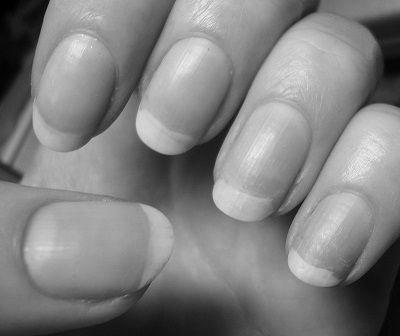Why Are My Nails Yellow?
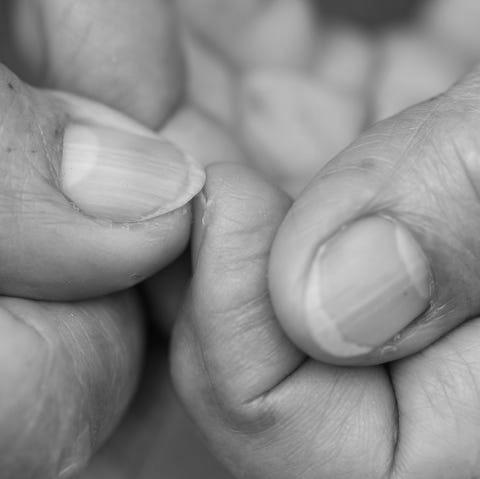
You may be wondering, “Why are my nails yellow?” If you have yellow nails, you aren’t the only one! If you’re like millions of other people, you are concerned about the color of your nails. You might have seen photos or noticed a color change recently, but you’re not sure why. You could have yellow nails due to several reasons. Learn more about age-related yellowing, vitamin deficiency, or fungus.
Onychomycosis
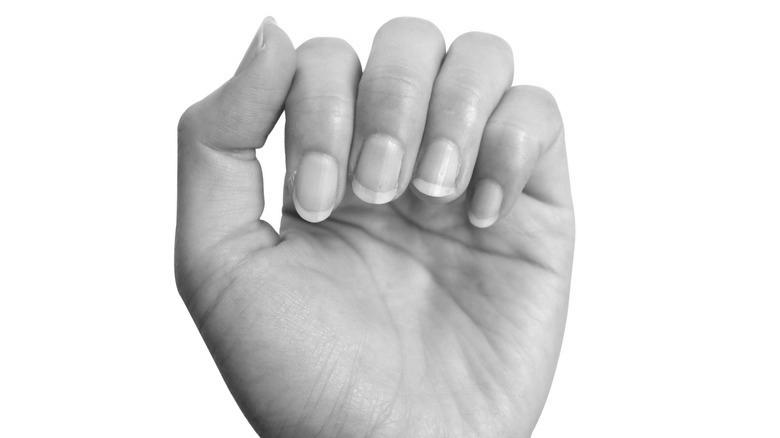
Onychomycosis is a fungal infection of the nail plate. It is generally non-life-threatening, but it can affect people with poor circulation and can lead to secondary bacterial infections. It is also a cause of psychological distress and can negatively impact daily life and occupation. In addition, the constant recurrence may decrease a person’s quality of life. As many as 64 percent of those concerned report lowered self-esteem and embarrassment.
Symptoms of onychomycosis include white or black spots on the nail’s surface. The infection can spread to the entire nail surface, detaching it or making it soft. The disease can be contagious, spreading from one person to another. It can also cause leukonychia and subungual hyperkeratosis. However, it will not affect a fingernail in most cases, although it may occur on the toenail.
People with a compromised immune system and prolonged steroid therapy are more likely to develop onychomycosis. Certain tics and physical activity may increase an individual’s risk of developing the disease. Furthermore, poor diet, unhygienic conditions, and poor hygiene may also make someone vulnerable to the infection. Fortunately, the most common cause of onychomycosis is a fungus called dermatophytes. However, yeast is responsible for five percent of cases.
While many people treat fungal nail infections with various treatments, treatment usually involves keeping nails clean and using antifungal medication. Depending on the severity of the disease, treatment may require several months of oral or topical medication. If it has gone untreated, laser treatment may be an option. Nevertheless, laser treatment for onychomycosis is not recommended unless it fails with topical treatment.
In addition to onychomycosis, the fungus is another cause of yellow toenails. This fungus is the same culprit responsible for the athlete’s foot, and it is prone to repeat outbreaks. Some people also experience yellow toenails due to artificial dyes in socks or dark socks exclusively. If this is the case, it is best to consult a doctor. The condition is typically harmless, but it can be challenging to treat, and it may even reappear.
Onycholysis
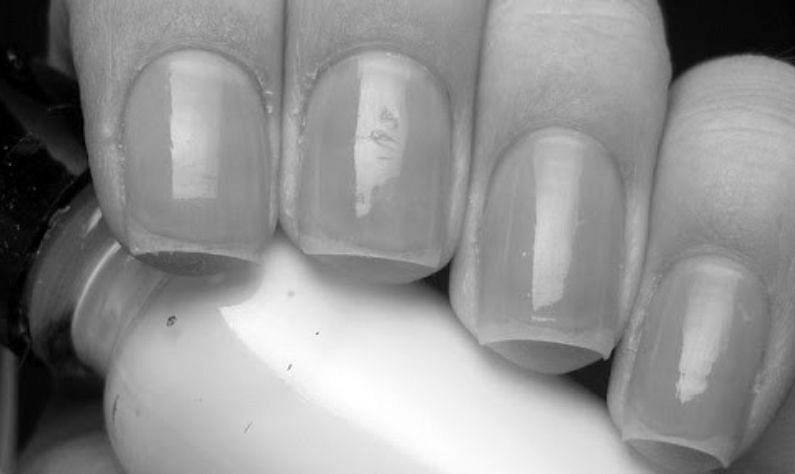
Why my nails are yellow may be puzzling, significantly if they’re not uniform in color. There are many possible causes. Some of these conditions are simple, such as an infection. Then there are more severe illnesses that can make your nails yellow. Read on to learn more about some common causes of yellow nails. Aside from an infection, other common causes include brittle nails and dirt buildup.
Fungus in the nail can cause it to thicken and build up debris beneath, making your pin look yellow. To determine the exact fungus, a dermatologist can culture your nails. A prescription or topical antifungal medication may be prescribed if the fungus isn’t found. Occasionally, the cause of yellow nails is inherited, and the disease is associated with lung diseases and lymphedema.
Aside from medications, you should also visit a dermatologist if you’re concerned about the discoloration of your nails. Some drugs, such as terbinafine and itraconazole, may cause your nails to turn yellow. The alternative treatment is ciclopirox, applied directly to your pin, like nail polish. This remedy may help reduce the yellowness in your nails and surrounding skin.
In some cases, the condition is caused by a vitamin deficiency, but it’s not always the case. If you’ve tried self-tanner and have noticed a slight change in the color of your nails, consider getting a multivitamin supplement. While taking a multivitamin supplement can help, it’s essential to consult a physician first before applying any products to your nails. A lack of these vitamins may signify a more serious underlying condition.
If the yellowing is caused by a fungus, the condition is called onychomycosis. It can affect both fingernails and toenails. If left untreated, onychomycosis can lead to painful and disfiguring symptoms and even damage the entire nail plate. It can affect the nails and lead to a significant loss of self-confidence. It can also lead to infection of other parts of the body.
Age-related yellowing
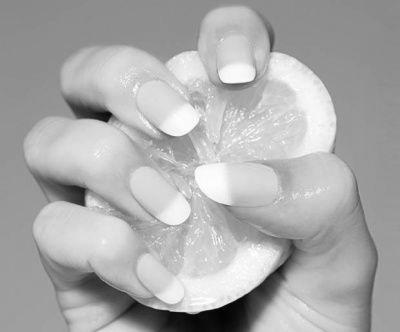
If your nails turn yellow, you probably smoke or are infected with nail fungus. This problem is more common in people who smoke a lot. Yellow nails are also signs of certain health conditions such as diabetes or thyroid disease. Yellow nails can also be caused by a syndrome that affects the lymphatic system and respiratory system. In severe cases, yellow nails can lead to brittleness or splitting of the nail, which may require treatment.
A thorough clinical examination and detailed patient history are needed to diagnose yellow nail syndrome. The condition is characterized by distinctive nail changes that differentiate it from other lymphedema syndromes. This syndrome affects both males and females and is most common among older adults. There have been more than 100 reported cases of this condition in the medical literature. While most people who suffer from yellow nail syndrome are over 50 years old, it can affect children.
Yellow nails are an inevitable part of aging. The color and shape of your toenail change as you grow older, but they can also be caused by a fungus or other harmful substance. If you have an infection, it can lead to a fungal disease called onychomycosis, affecting any part of the toenail. This condition can be uncomfortable and even make it difficult to walk. It can even lead to a total loss of function of the toenail, making it impossible for you to walk. Age-related yellowing of nails can also occur in the fingernail.
Aside from being a sign of aging, age-related yellowing of nails may also indicate other underlying health issues. Ideally, healthy fingernails should be pink with a white tip. However, indicate respiratory or lymphedema or jaundice. The symptoms of age-related yellowing of nails are typically mild, so you should seek medical attention if you notice any changes in your nails.
Vitamin deficiency
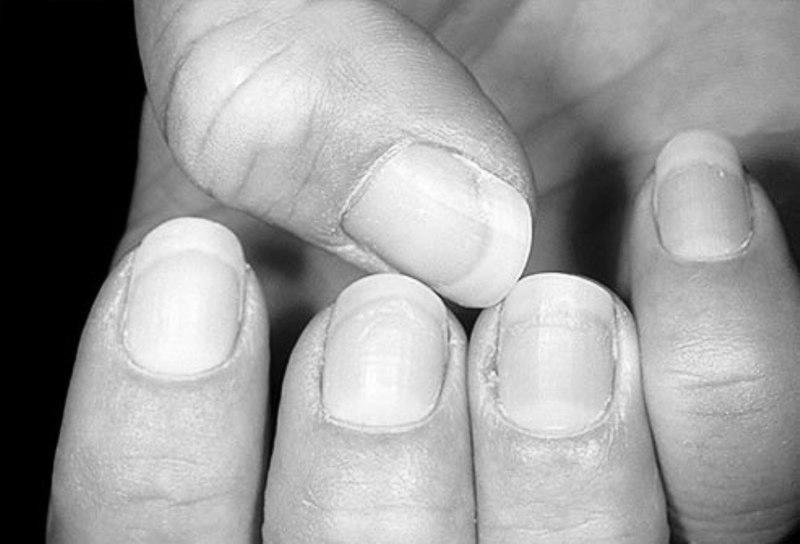
The most common causes of yellow nails are zinc and vitamin B12. While these two vitamins are essential for healthy nail growth, they’re often insufficient for proper nail health. Whether your nails are yellow, orange, or even blue, you can take supplements to get enough B12.
If you’re wondering if your yellow nails are related to your medications, consult a dermatologist. A dermatologist will diagnose your yellow nails and prescribe the proper treatment. However, these prescriptions may take weeks or even months to work because healthy nails need time to replace yellowed ones. So it’s worth your while to see your doctor and get tested for vitamin deficiency. Here’s how to tell if you have a vitamin deficiency:
Your body gets rid of toxins through the liver, and yellow nails can be a symptom of a liver problem. A doctor will perform tests to determine what’s causing your yellow nails. The symptoms are caused by a fungal infection, environmental toxins, or immune system problems in some cases. Treatments for the symptoms can help to prevent your nails from turning yellow. But they cannot cure the underlying cause of yellow nails.
Some cases of vitamin deficiency can lead to softer, flaky nails. This is most likely caused by low iron levels. Iron deficiency is more common in vegans and vegetarians than in meat-eaters. Iron from plants is not absorbed as efficiently as iron from meat, so non-meat eaters need twice as much iron as meat-eaters. Similarly, zinc and selenium deficiencies are related to soft, flaky nails.
Some causes of yellow nails are fungus, nail polish staining, and other factors. Fortunately, they are not permanent. In some cases, you can treat yellow nails at home or visit a doctor for a proper diagnosis. So, it’s always important to be careful about what you put on your toes and eat healthily. The first step is finding out what’s causing your yellow nails.
Why Are My Nails Turning Orange and Pitting?
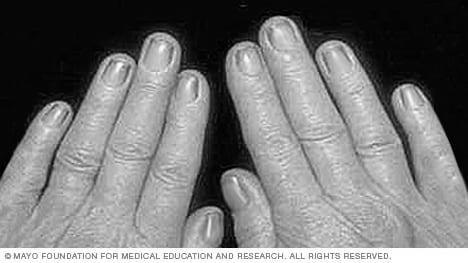
The first thing you may want to do if you notice your nails are discolored is to find out why they are injured. There are a few possible causes. These include COVID-19 deficiency, Biotin deficiency, and Psoriasis. If you suspect a more severe condition, you may want to seek medical advice. You can also try soaking your nails in white vinegar and hydrogen peroxide solutions. However, be sure to dilute them before applying them to your nails. This solution can be harsh on your skin and nails.
COVID-19
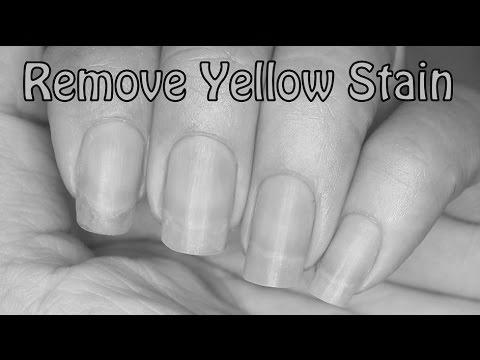
There are several reasons why your nails may be turning orange and pitting. Some are caused by a bacterial infection, while others are due to environmental factors. Some causes include exposure to certain chemicals and jacuzzis. You should see your doctor for a diagnosis. If you have a white or gray nail, this may indicate an underlying skin condition called Psoriasis.
Covid disease is another common cause of orange and pitted nails. An elderly Italian woman who contracted the disease in a nursing home started developing orange nail tips 16 weeks after her diagnosis, lasting at least a month. When doctors observed the onset of the symptoms, they were able to run blood tests and confirm that she had Covid antibodies. It was also found that the shape of the nail suggests a systemic cause. Coronavirus infection is also suspected as a cause of onychomadesis.
Despite its unpleasant appearance, there are many home remedies for orange nails. First, you can soak your fingernails in a solution of hydrogen peroxide and white vinegar. Soak the affected fingernails in this solution for five to ten minutes every few days. Afterward, rinse your nails with fresh water. However, if you notice that your nails turn orange, consult a doctor to determine if you have a vitamin deficiency.
Biotin deficiency
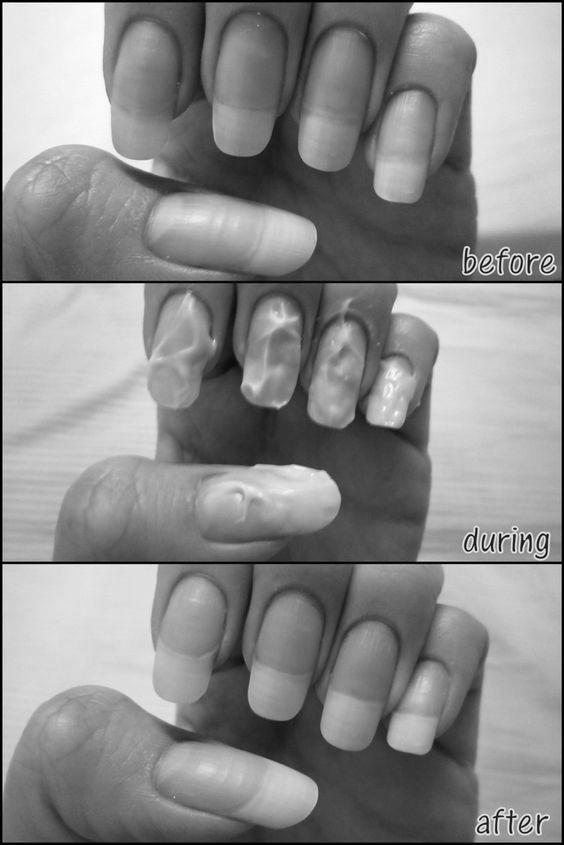
Despite its regular appearance, brittle, turning orange, and pitted nails can be symptoms of a biotin deficiency. While biotin is mainly found in animal products, such as meat, eggs, and fish, it is often lacking in a diet. This vitamin, also known as vitamin B7, can be acquired by eating various foods, including whole grains and legumes. In addition to eating a variety of foods, it is also sold as a supplement to grow stronger fingernails.
The most common cause of biotin-deficient fingernails is low levels of this vitamin, a water-soluble nutrient that assists in the metabolism of macronutrients. Some people have a low biotin level due to intravenous feeding, long-term intake of raw eggs, and/or hereditary conditions that prevent absorption. If these conditions are the case, the most effective treatment is to take a biotin supplement. Also, eat foods high in biotins, such as meat, fish, and seeds.
A biotin deficiency may also lead to other symptoms, including anorexia, dry skin, and a characteristic cutaneous lesion on the feet and legs. A biotin deficiency in humans can also cause hair loss and periorificial dermatitis, and a rash around the orifices. And if you have to pit and turn orange nails, it’s time to take action.
Onycholysis
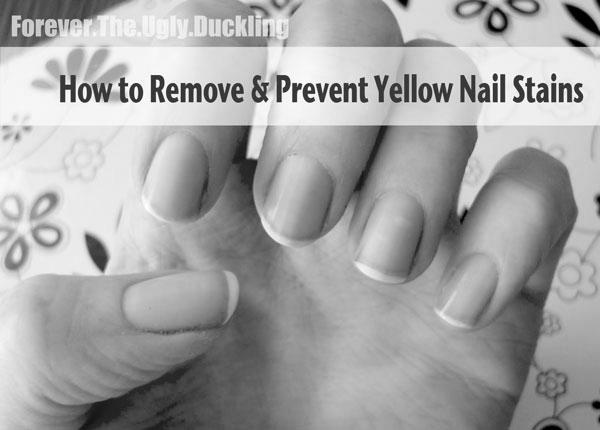
If you’re wondering, “Why are my nails turning orange and pitting?” you’re not alone. A variety of reasons can explain this unusual change in the color of your nails. It’s possible to develop a fungal infection in the nail bed, the most common cause of orange fingernails. The condition causes the nails to become thick and separate from the nail bed, resulting in an orange-tipped toenail.
One possible cause is a systemic disorder or a medication. In this case, faulty biomechanics is the most likely culprit. Certain medications can lead to onycholysis, an inflammation of the nail matrix. The infection usually starts at the hyponychium and progresses along the nail bed. When it’s not treated correctly, the nails may begin to bleed or discolor.
A simple home remedy to treat the condition is to apply a mixture of tea tree oil and water to the nails. The mixture should sit on the nails for about five to ten minutes, then rinse them with fresh water. However, you should not expect the stains to disappear immediately. If you’re worried that you’re going to lose your fingers to this problem, you should seek medical attention. If the colors prevent you from wearing nail polish, you should consider getting new fingernails.
Another possible cause is a skin condition. Some people experience pits on their nails as part of the disease, such as Psoriasis. Often, nail pitting is linked to a skin condition. Psoriasis is a chronic disease that can cause red, scaly skin. The severity of Psoriasis varies from minor, patchy appearances to large patches.
Psoriasis
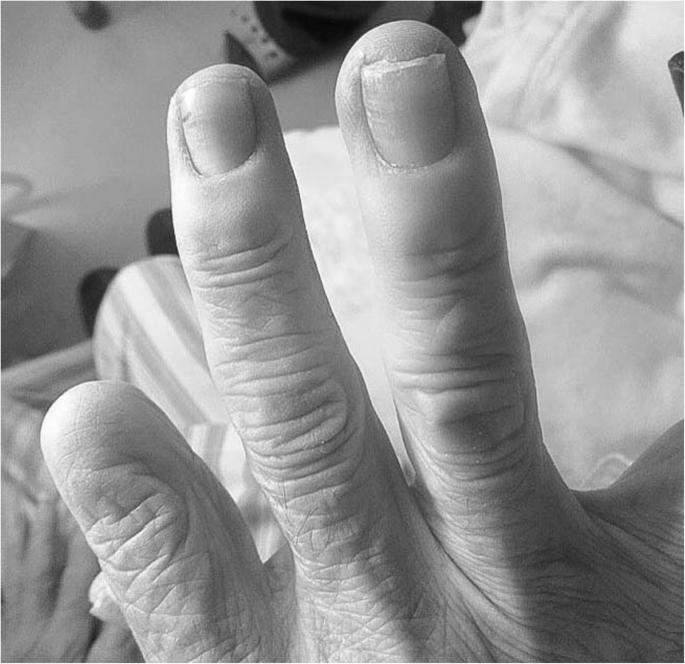
While nail changes are not the primary symptom of Psoriasis, they are common for some people. In some people, pitting and turning orange nails can indicate this condition. The nail bed may become thicker and have an empty space underneath. The nail can also become yellowish or brown and can even start crumbling. In severe cases, the condition may lead to a splinter hemorrhage.
When the condition starts, nails may develop small orange or red pits. It can affect the fingernails more than the toenails. It is unknown why some people develop this condition while others don’t.
Treatment options for psoriasis-affected nails vary widely. Some treatments, such as steroid injections, can be painful and ineffective. Light therapy and psoralen plus ultraviolet light A (PUVA) treatments can help reduce the severity of the disease. Other therapies are more effective, such as soaking affected nails in warm water and applying nail varnish.
Mees’ lines
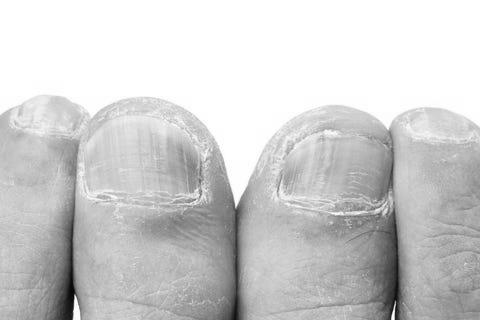
You’re not alone if you’ve noticed a white or orange stripe running across the nail plate. Mees’ lines often appear 45 days after a COVID-19 infection and go away with nail growth. Although associated with arsenic intoxication, they may also be related to other conditions like kidney failure or congestive heart failure. The underlying cause of Mees’ lines is unknown, but it’s likely a complication of an infection with COVID-19.
The first step in curing yellow nails is to determine the source. One possible cause is a lack of friendly bacteria. The fungus may develop underneath your nails or around them if you don’t have these bacteria in your body, causing them to split or pit. If you’ve noticed these symptoms, see a doctor for a proper diagnosis. You may also notice white spots on your nail or white lines parallel to your lunula. While a white place on a pin is simply the result of an injury, a white line in the center of a nail indicates a systemic insult.
Other causes of orange nails include a fungal infection in the nail beds or too much beta carotene in the diet. However, in most cases, this condition will clear up without treatment. However, you should take steps to prevent it from recurring by avoiding using acetone nail polish removers. You can also soak your nails in diluted hydrogen peroxide to reduce yellowing.
Symptoms of Raynaud’s disease
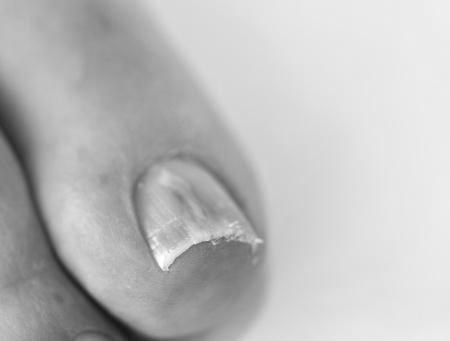
Symptoms of Raynaud”s disease are similar to those of a cold, but they are caused by a different condition. The vast majority of Raynaud’s patients have a primary form of the disease. People with this form experience orange-colored skin, which is called erythema nodosum. They experience the symptoms every fifteen to twenty minutes, and they gradually go away as they warm up.
Diagnostic tests for Raynaud’s disease include a nail fold. This involves studying blood flow through the capillaries under a microscope. The results are expected in primary Raynaud’s but abnormal in secondary cases. The doctor will put a drop of oil on the fingernail fold and examine it under a microscope to determine whether it is secondary or primary Raynaud’s disease. This test may also involve using a hand-held ophthalmoscope to check for abnormal capillaries.
A doctor will likely order blood tests for patients with the syndrome. A complete blood count, urinalysis, and chemistry profile are used to diagnose Raynaud. Blood tests can also tell whether the condition is secondary or primary. A blood test can reveal white and red blood cells and other information. Treatment depends on whether the state is primary or secondary in both cases.
